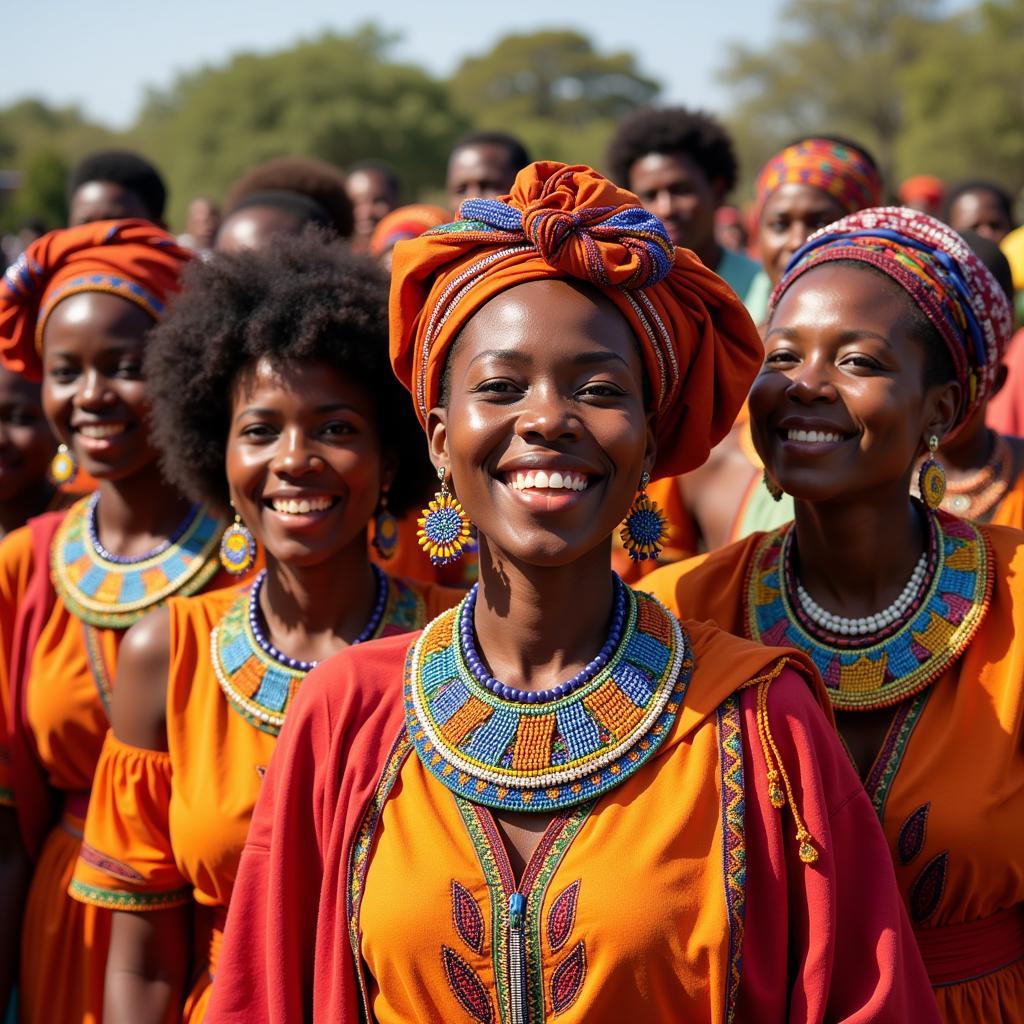Unlock the Rhythms: African Drumming Lesson Plans
African Drumming Lesson Plans offer a vibrant and engaging way to explore the rich musical heritage of Africa. Whether you’re a seasoned musician or a complete beginner, these lesson plans can provide a structured approach to learning various drumming techniques, rhythms, and cultural contexts.
Exploring the World of African Drumming: Lesson Plan Essentials
African drumming is more than just hitting a drum; it’s a powerful form of communication, storytelling, and community building. Effective lesson plans should incorporate these elements to provide a holistic learning experience. Key components of a successful African drumming lesson plan include understanding rhythm, technique, and the cultural significance of the drums themselves.
Rhythm and Timing: The Heartbeat of African Drumming
Understanding rhythmic patterns is fundamental to African drumming. Lesson plans should introduce basic rhythmic concepts, such as beats, measures, and time signatures. Start with simple rhythms and gradually progress to more complex polyrhythms, which involve playing multiple rhythms simultaneously. Call and response exercises, where one drummer plays a phrase and another responds, are excellent for developing rhythmic awareness.
Mastering Drumming Techniques: From Basic Strokes to Complex Rhythms
Proper technique is essential for producing clear and resonant sounds. Lesson plans should cover basic strokes like the bass, tone, and slap, demonstrating the correct hand positioning and movement. As students progress, introduce more advanced techniques like embellishments and variations. Practice exercises focusing on specific strokes and combinations will help build muscle memory and improve overall control.
The Cultural Context: Understanding the Stories Behind the Drums
African drumming is deeply intertwined with the culture and traditions of various African communities. Lesson plans should explore the historical and cultural significance of different drums, such as the djembe, dunun, and talking drum. Discuss the role of drumming in ceremonies, celebrations, and storytelling. Incorporating videos, audio recordings, and guest speakers can enrich the learning experience and provide a deeper understanding of the cultural context.
Creating Engaging African Drumming Lesson Plans for Different Age Groups
Adapting lesson plans to suit different age groups is crucial for effective learning.
Engaging Young Learners: Fun and Interactive Activities
For younger children, focus on interactive activities and games that introduce basic rhythms and drumming techniques. Use colorful visuals, storytelling, and movement to keep them engaged. Simple call and response exercises and rhythmic games can be both fun and educational.
Challenging Older Students: Exploring Complex Rhythms and Improvisation
Older students can delve deeper into complex rhythms, polyrhythms, and improvisation. Encourage them to explore different drumming styles and create their own rhythmic patterns. Introduce them to traditional African songs and encourage them to play along.
African Drumming Lesson Plans: Resources and Tools
Numerous resources are available to help you create compelling African drumming lesson plans. Online tutorials, instructional videos, and books can provide valuable guidance and inspiration. Collaborating with experienced drummers and cultural organizations can also enhance your lesson plans and provide valuable insights.
“A deep understanding of the cultural context is essential for truly appreciating the power and beauty of African drumming,” says Dr. Abena Oduro, ethnomusicologist and expert in West African drumming traditions. “It’s not just about the rhythms, but also the stories, the history, and the community that surrounds this incredible art form.”
Conclusion: Embark on a Rhythmic Journey with African Drumming Lesson Plans
African drumming lesson plans offer a unique opportunity to explore a rich musical tradition while developing rhythmic skills and cultural understanding. By incorporating these key elements and adapting them to your specific audience, you can create engaging and enriching learning experiences that will inspire a lifelong appreciation for the power of African drumming.
FAQ
- What are the basic strokes in African drumming?
- What are polyrhythms?
- What is the cultural significance of the djembe drum?
- What resources are available for learning African drumming?
- How can I incorporate African drumming into my classroom curriculum?
- What are some common African rhythms for beginners?
- Where can I find African drumming lessons near me?
Common Scenarios
- Scenario 1: A music teacher wants to introduce African drumming to their elementary school students.
- Scenario 2: A community center is looking to offer African drumming workshops for adults.
- Scenario 3: A group of friends wants to learn African drumming together for fun.
Related Articles and Questions
- Exploring the Different Types of African Drums
- The History and Evolution of African Drumming
- How to Choose the Right African Drum for You
For assistance, please contact us at +255768904061, email kaka.mag@gmail.com, or visit us at Mbarali DC Mawindi, Kangaga, Tanzania. We have a 24/7 customer support team.



